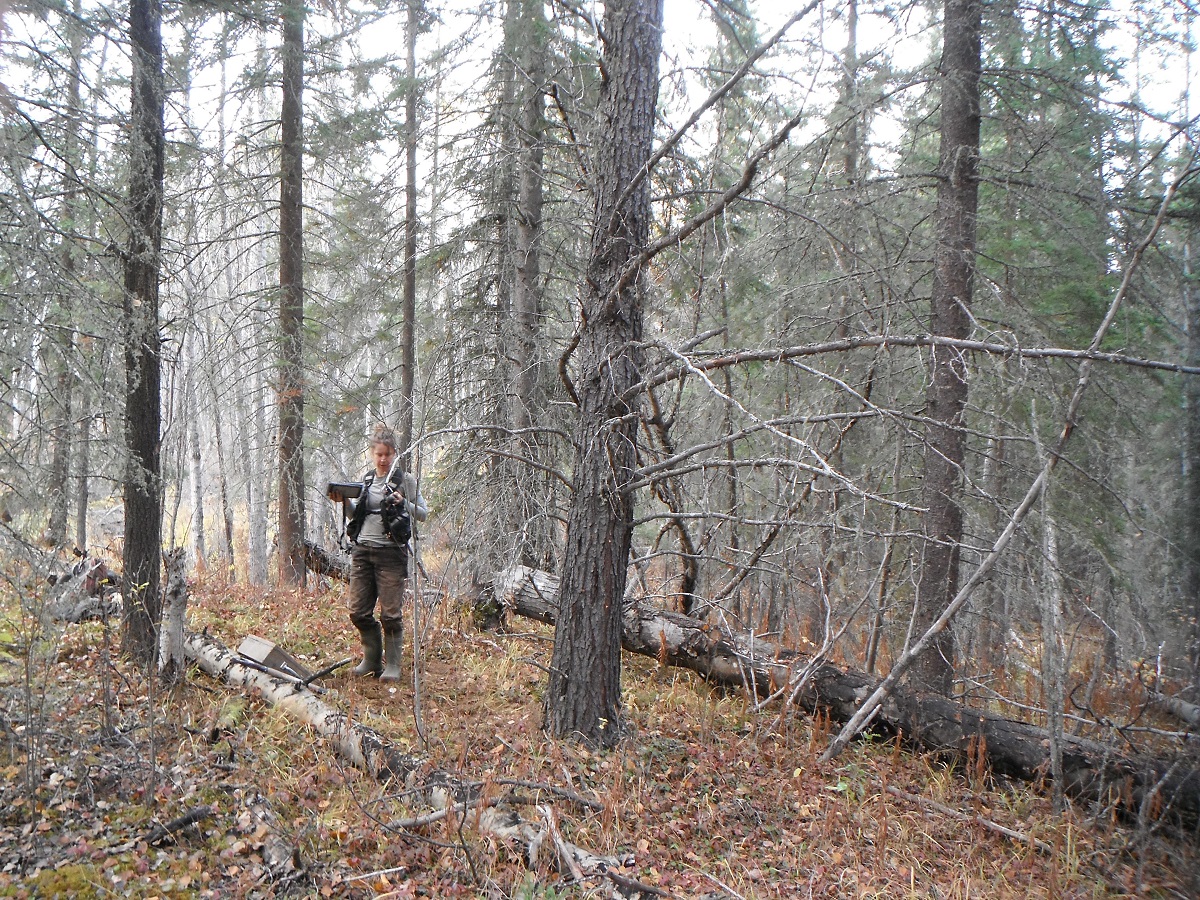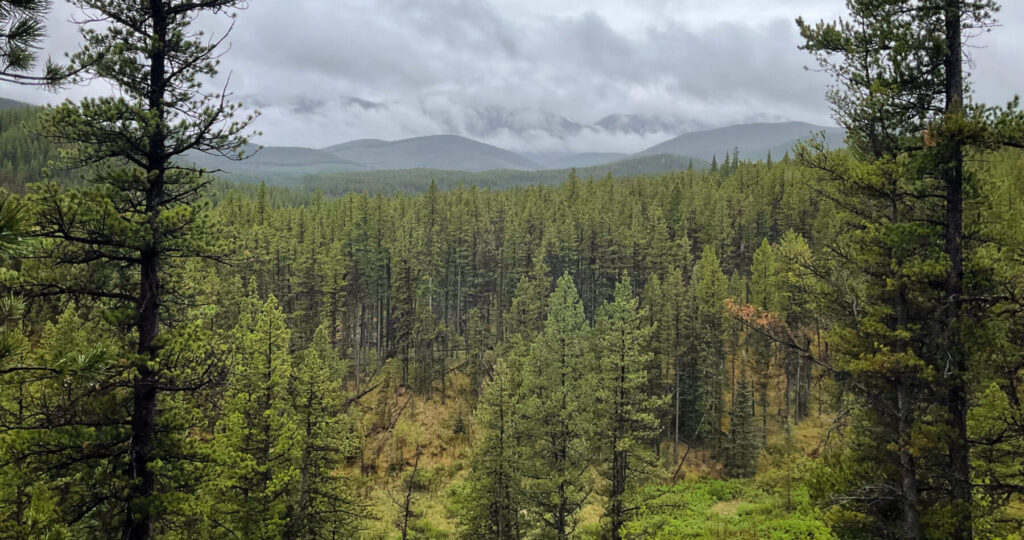Post Category : Heritage Management
Introduction to CRM Part 1: Cultural Resource Management
Cultural Resource Management (CRM) is undertaken in many different countries all over the world and it can go by just as many names, Contract Archaeology, Consulting Archaeology, Compliance Archaeology, and Heritage Resource Management (HRM) to name a few. Whatever CRM is called, the underlying purpose is always the same. These archaeologists engage in the protection, preservation, and professional management of archaeological and historic sites. In Canada, this means that we help minimize any impacts planned developments might have on a province’s archaeological and historic resources. These resources include archaeological sites containing artifacts such as stone tools and animal bones (Figure 1), and historic sites consisting of structures like cabins or artifacts like metal tools (Figure 2).


Using our experience in archaeology and research, along with computer programs like GIS, we review development plans and identify recorded sites and areas that have high potential to have archaeological and historical resources (Figure 3). This most commonly results in an archaeological survey of the high potential areas. Another option is to move a development or minimize the potential impacts by changing the way the development will be done.

Next, we go into the field to survey the high potential areas (Figure 4). In forested parts of Alberta we do this by shovel testing. If we identify a site, we dig more evaluative tests to determine the nature and extent of it. This allows us to contribute information for the government and other researchers concerning the size and type of sites in the area. In addition, it allows us to more precisely buffer the site for our clients so development can occur close to the site without impacting it. It also makes it possible for us to better evaluate the significance of the site and to render cost estimates for any mitigation work much more accurately.

Once we complete the field survey, we return to the office. This is where we catalogue the artifacts and compile a report for our clients and the government.



